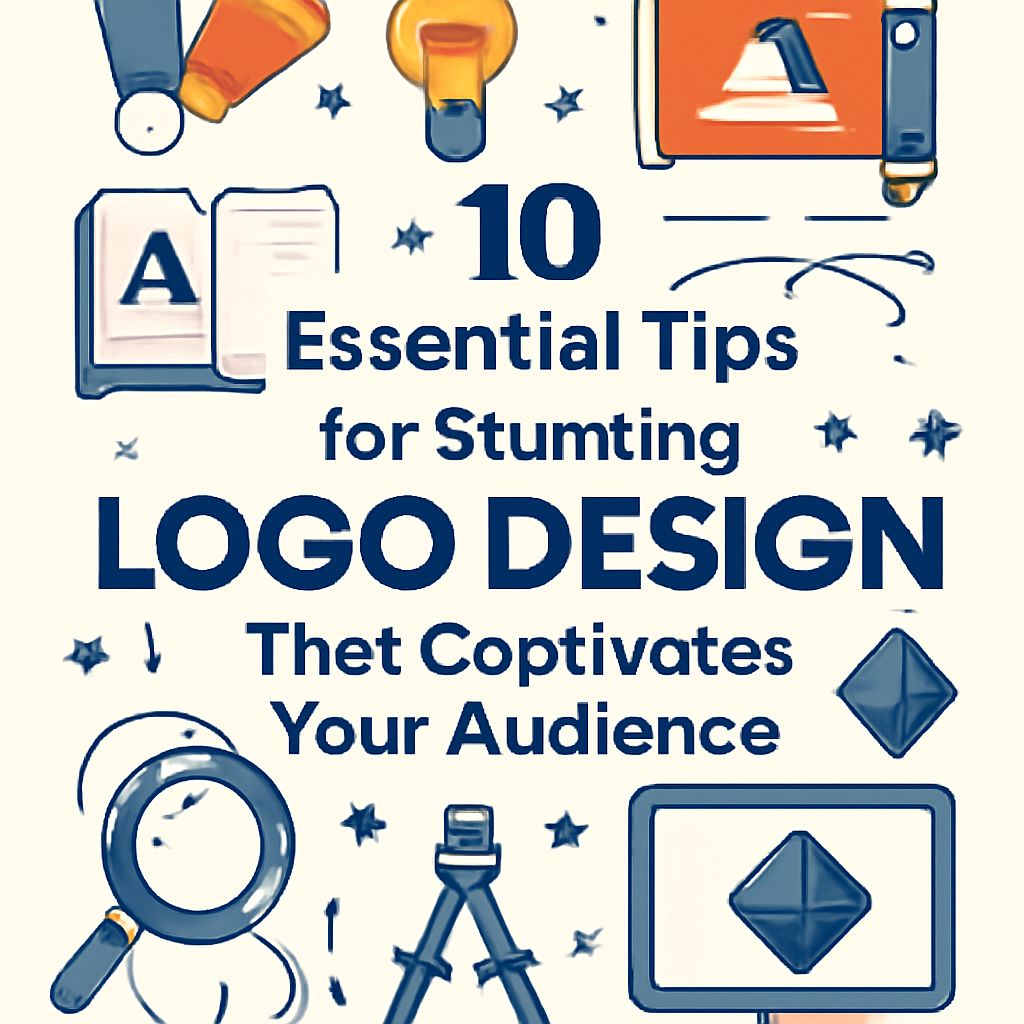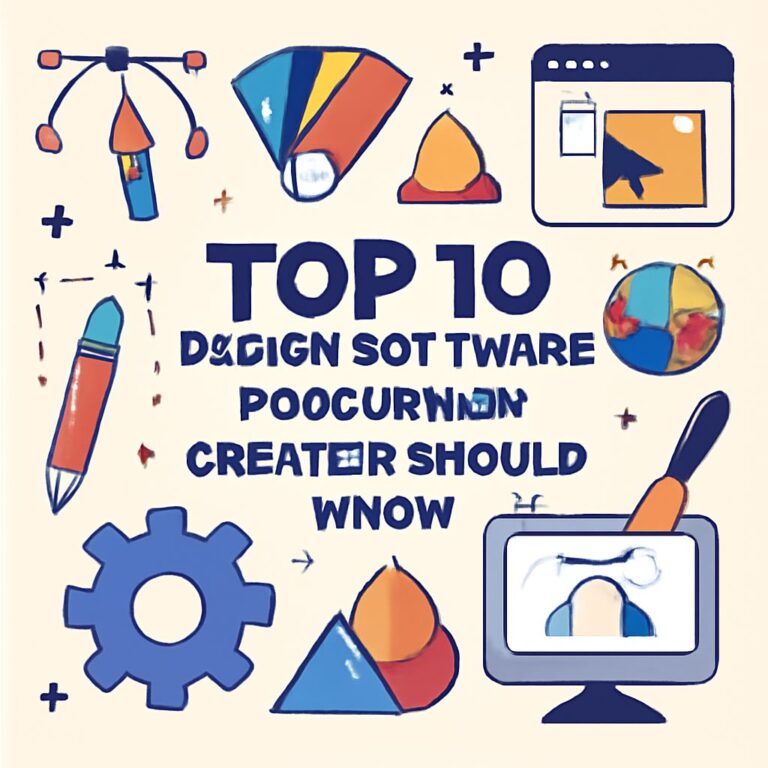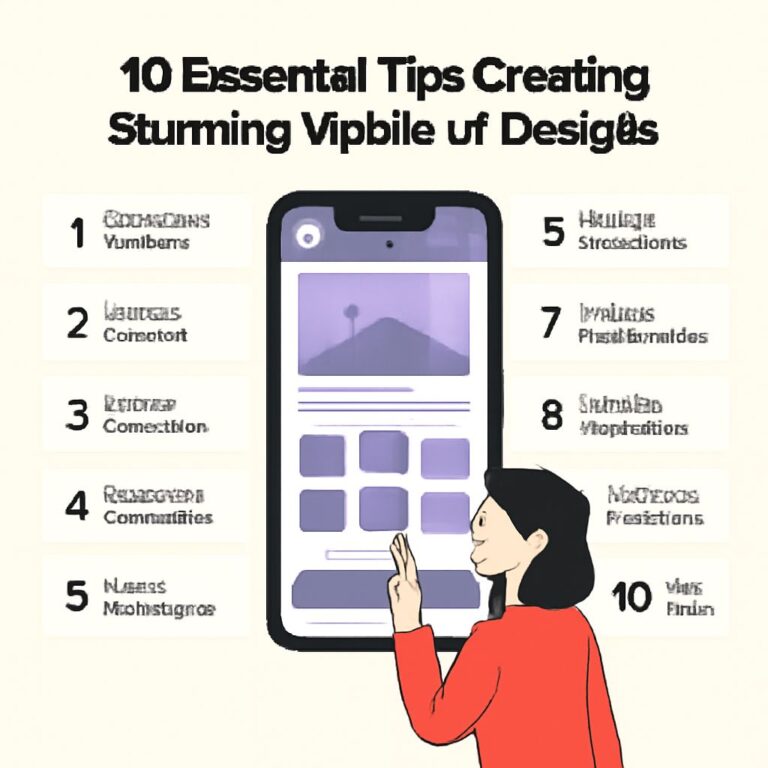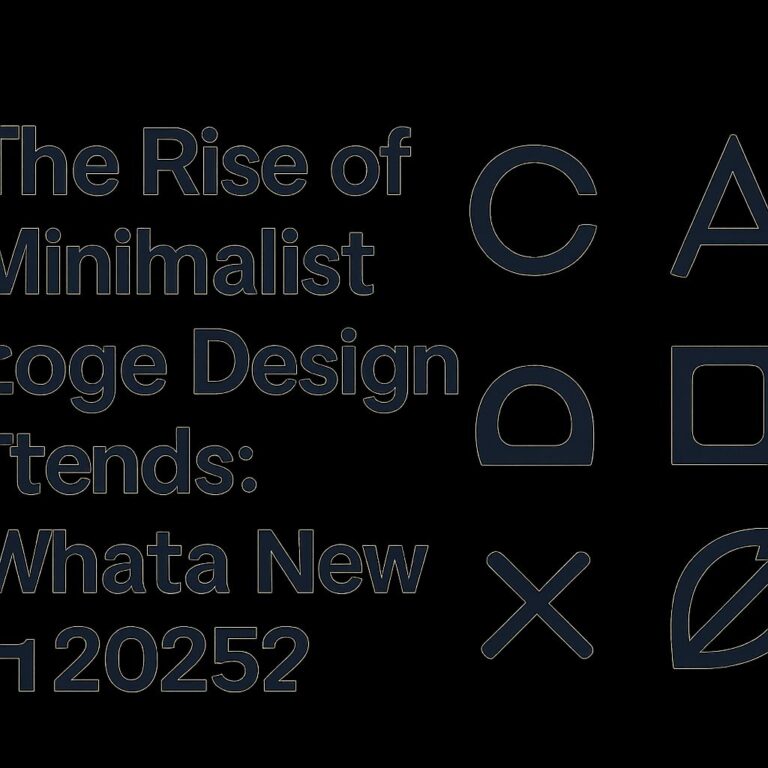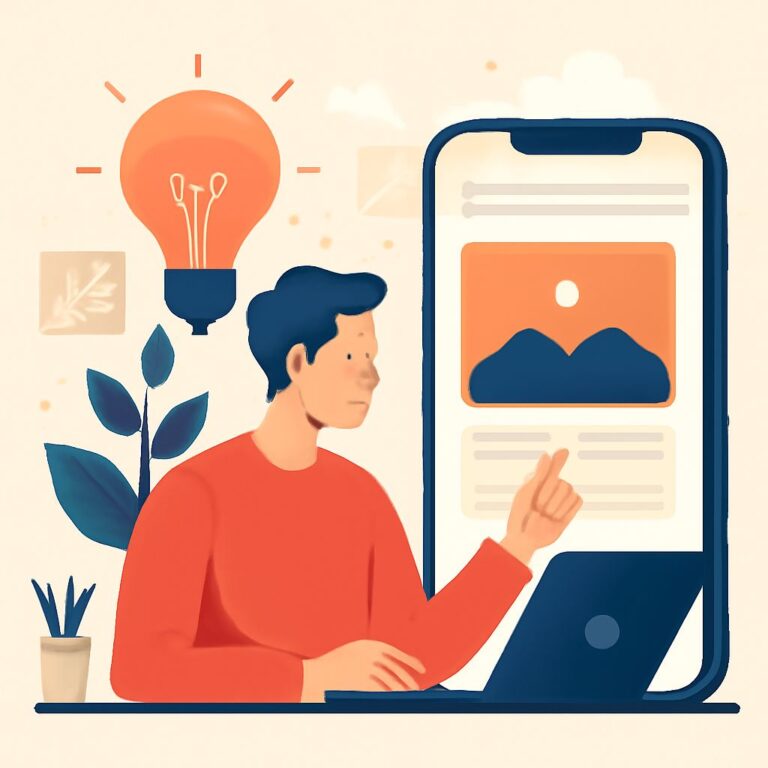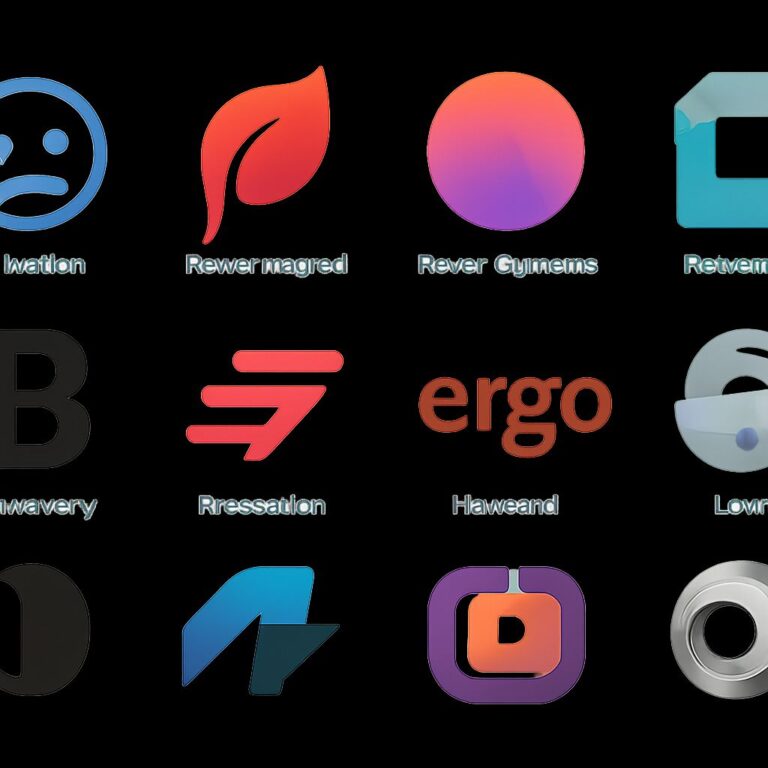Table of Contents
10 Essential Tips for Stunning Logo Design That Captivates Your Audience
Designing a logo is one of the most crucial steps in establishing your brand identity. A well-crafted logo not only represents your business visually but also communicates your brand values and connects with your audience on an emotional level. To help you create a stunning logo that captivates your audience, we’ve compiled a list of ten essential tips. Whether you’re a budding entrepreneur or a seasoned designer, these tips will guide you through the logo design process.
1. Understand Your Brand
Before diving into the design process, take time to understand your brand. Ask yourself:
- What values does my brand represent?
- Who is my target audience?
- What message do I want my logo to convey?
Creating a brand identity brief can be beneficial. This document should outline your brand’s mission, vision, values, and positioning. A clear understanding of these elements will help you design a logo that reflects your brand accurately.
2. Research Your Competitors
Analyze the logos of your competitors to gain insights into industry trends and standards. Look for patterns in colors, typography, and design elements that resonate with your audience. While you want your logo to be unique, understanding the landscape will help you avoid design pitfalls and identify opportunities to stand out. Create a competitor analysis table to visualize your findings:
| Competitor | Logo Style | Color Scheme | Key Elements |
|---|---|---|---|
| Brand A | Minimalist | Blue and White | Geometric Shapes |
| Brand B | Classic | Black and Gold | Elegant Typography |
| Brand C | Playful | Bright Colors | Illustrative |
3. Keep It Simple
The best logos are often the simplest ones. A clean and uncomplicated design ensures that your logo is easily recognizable and memorable. Think of iconic brands like Nike, Apple, and McDonald’s. Their logos are simple yet powerful. When designing your logo, aim for simplicity:
- Use minimal colors.
- Avoid excessive details.
- Focus on basic shapes.
4. Choose the Right Colors
Color plays a significant role in logo design, as it can evoke emotions and influence perceptions. Each color carries its own meaning, so choose wisely:
- Red: Passion, energy, and excitement.
- Blue: Trust, calmness, and professionalism.
- Green: Growth, health, and sustainability.
- Yellow: Optimism, warmth, and creativity.
- Black: Sophistication, elegance, and authority.
Consider your target audience and what feelings you want to evoke when selecting your color palette. Additionally, ensure that your logo works well in both color and monochrome formats.
5. Select Appropriate Typography
Typography can significantly affect the overall look and feel of your logo. When choosing a font, consider:
- The personality of your brand (e.g., playful, traditional, modern).
- Readability and clarity, especially at small sizes.
- The scalability of the typeface across different mediums.
It’s often recommended to use a maximum of two different fonts in your logo design to maintain cohesion. Consider creating a custom typeface to set your logo apart from competitors.
6. Ensure Versatility
Your logo will appear across various platforms and mediums, including websites, social media, business cards, and merchandise. Therefore, it must be versatile and adaptable. Test your logo design in different sizes and formats:
- Will it look good in black and white?
- Does it work well on varying backgrounds?
- Can it be resized without losing detail?
Creating a responsive logo that can be adapted to different sizes and formats can help maintain consistency across your branding efforts.
7. Make It Timeless
A well-designed logo should stand the test of time. Avoid following fleeting design trends that may become outdated quickly. Instead, focus on creating a logo that reflects your brand’s core identity and values:
- Aim for a classic design that can evolve with your brand.
- Steer clear of overly trendy fonts or design elements.
- Seek inspiration from timeless logos.
The goal is to create a logo that remains relevant and recognizable for years to come.
8. Seek Feedback
Once you have a few logo concepts, gather feedback from trusted sources. This could include colleagues, friends, or even potential customers. Consider using surveys or focus groups to get a broader perspective. When collecting feedback, ask specific questions:
- What emotions does the logo evoke?
- Is the logo easy to understand and remember?
- Does it align with your brand’s values?
Based on feedback, don’t hesitate to make adjustments to improve your logo design.
9. Test on Different Backgrounds
Your logo should be versatile enough to work on different backgrounds. Test your design in various scenarios:
- Light and dark backgrounds.
- Different textures and patterns.
- On both digital and print mediums.
This will help ensure that your logo remains effective and recognizable regardless of the setting. Consider creating mockups to visualize how your logo will appear in real-world applications.
10. Hire a Professional Designer
If you find the logo design process challenging or lack the necessary skills, consider hiring a professional designer. A designer brings expertise, experience, and a fresh perspective to your project. When selecting a designer:
- Review their portfolio to assess their style and expertise.
- Communicate your vision and requirements clearly.
- Discuss budget and timelines upfront.
Investing in a professional logo design can pay off in the long run by ensuring your brand is represented effectively.
In conclusion, creating a stunning logo that captivates your audience requires careful thought and consideration. By following these ten essential tips, you can design a logo that not only stands out but also resonates with your target audience. Remember, your logo is often the first impression of your brand, so take the time to get it right!
FAQ
What are the key elements of effective logo design?
Effective logo design includes simplicity, relevance, versatility, and memorability, ensuring that the logo resonates with the target audience.
How important is color in logo design?
Color plays a crucial role in logo design as it evokes emotions and conveys brand personality, making it vital to choose colors that align with your brand message.
Should I prioritize trends or timelessness in logo design?
While it’s tempting to follow trends, a timeless logo design is often more effective as it remains relevant and recognizable over the years.
How can I ensure my logo is versatile?
To ensure versatility, design your logo in a way that it looks good in various sizes and formats, from business cards to billboards.
What role does typography play in logo design?
Typography is essential in logo design as it communicates brand identity and can influence how the audience perceives the brand.
How do I test my logo design before finalizing it?
Testing your logo design can involve gathering feedback from your target audience, using focus groups, or conducting A/B testing to see which design resonates more.

